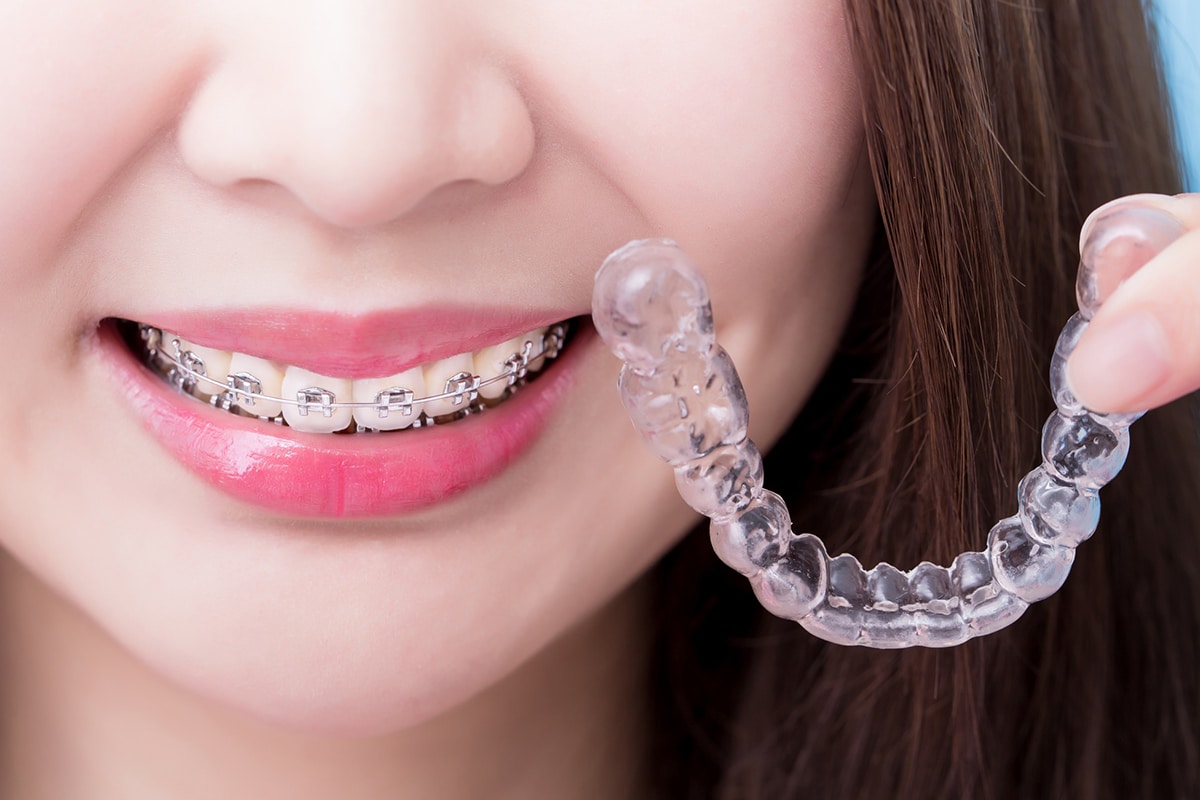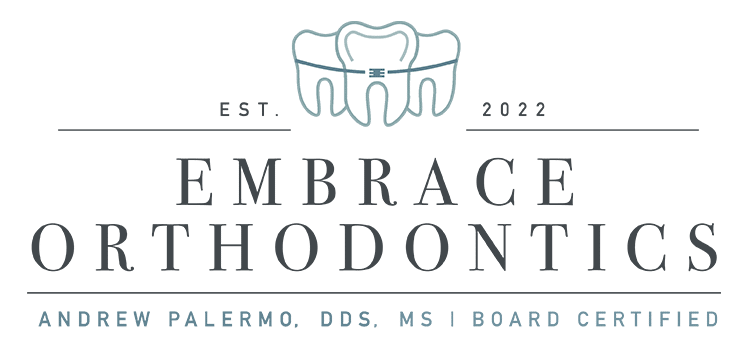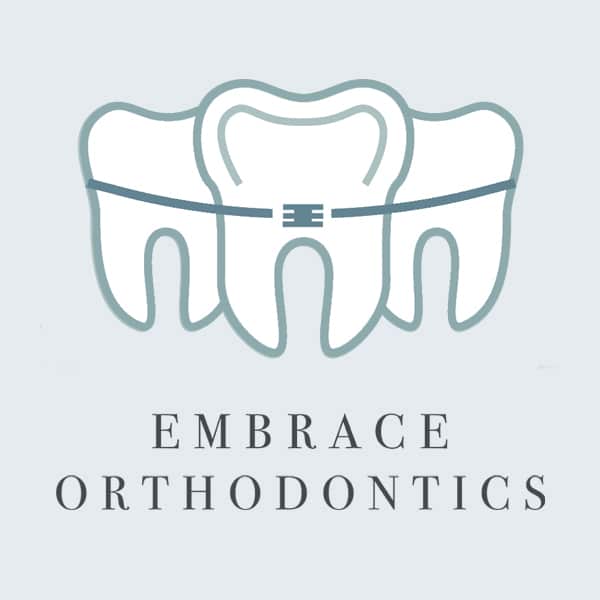
We meet many Delmar families who are curious about the best way to straighten teeth—especially when choosing between Damon braces and traditional braces. Both options can create a healthy, confident smile, but they work differently and come with distinct benefits. In this guide, we’ll walk you through the key differences so you can make an informed decision that fits your goals, comfort, and lifestyle.
Our purpose is simple: explain how these systems compare in comfort, appearance, treatment time, and long-term oral health. By the end, you’ll understand why some patients prefer a self-ligating system like Damon and why others are well-served by traditional bracket-and-wire braces.
What makes Damon braces different?
Damon braces use a “self-ligating” design. Instead of elastic ties holding the wire in place, each bracket has a small sliding door that secures the wire. This design reduces friction and allows the wire to move more freely. Traditional braces rely on elastics or metal ties to keep the wire attached to each bracket, which can add friction and require more frequent adjustments.
In practice, the difference is noticeable: Damon’s passive slide mechanism can allow lighter forces to move teeth, while traditional braces often need more active tightening. Both can be highly effective, but the experience during treatment may vary.
1) Comfort, force, and overall treatment experience
Lighter forces and less friction
With traditional braces, elastic ligatures press the archwire into each bracket. That contact can increase friction and may require higher force to move teeth. Damon’s self-ligating brackets reduce that friction. In many cases, we can guide teeth using gentler, continuous forces. Patients often report that Damon braces feel more comfortable after adjustments and during the early weeks of treatment.
To be clear, any orthodontic movement can cause some tenderness—your teeth are shifting through bone, and that process takes time. But with lower friction and lighter forces, many patients find Damon appointments and day-to-day wear a bit easier.
Fewer visits, potentially shorter chair time
Because the wire can slide more freely in a Damon system, we may schedule fewer adjustment appointments. When you do come in, visits can be shorter because we’re not changing dozens of elastic ties. Traditional braces typically involve replacing elastics and making more hands-on adjustments. For busy Delmar families juggling work, school, and activities, the saved time can be a meaningful benefit.
2) Aesthetics, hygiene, and day-to-day maintenance
Cleaner look with fewer elastics
A common complaint with traditional braces is elastic staining from foods and drinks like curry or coffee. Damon braces don’t use elastic ties, which helps maintain a cleaner look throughout treatment. While traditional metal braces can still look neat and professional, Damon’s low-profile brackets and lack of elastics often appear more streamlined.
If you want a more discreet option, Damon offers clear, ceramic brackets for many cases. Traditional braces also come in ceramic variants, though the elastic ties can still discolor between visits.
Easier cleaning and better gum health
The fewer nooks and crannies we create, the easier it is to keep teeth and gums clean. Without elastics, Damon brackets give you fewer plaque traps to work around. Good hygiene is critical in any treatment, but this design can make brushing and flossing simpler. Traditional braces require vigilant cleaning around elastic ties to prevent plaque buildup, gum irritation, and decalcification (white-spot lesions).
No matter which system you choose, we’ll show you how to brush around brackets, thread floss, and use tools like interdental brushes and water flossers. Patients who keep excellent hygiene often enjoy healthier gums during and after treatment.
3) Treatment time, extractions, and long-term results
Potential for shorter treatment and fewer extractions
Every smile is unique, and case complexity drives your timeline more than the bracket brand. That said, many Damon cases finish in comparable or shorter time than traditional braces due to lower friction and efficient tooth movement. In some patients with crowding, Damon’s approach to arch development can help us avoid extractions while still creating space. Traditional braces may also achieve non-extraction outcomes, but they often rely on additional mechanics earlier in treatment.
We build your plan around your bite, facial profile, and periodontal health. Whether we recommend Damon or traditional braces, our goal is the same: stable results that support long-term oral health and a smile you’re proud to share.
Stability and retention
Retention matters no matter what brackets you wear. Teeth have a natural tendency to shift over time, especially in the months after your braces come off. We’ll provide custom retainers and a wear schedule to protect your investment. Damon and traditional braces both rely on good retainer habits to keep results stable. With consistent wear and routine check-ins, we can maintain your alignment for years to come.
Who is a good candidate for Damon braces?
We often recommend Damon braces for patients who:
- Want fewer adjustment visits and shorter chair time
- Prefer a cleaner look without elastic ties
- Have mild to moderate crowding and want to explore non-extraction plans
- Are interested in gentle, efficient tooth movement
Traditional braces may be preferred if:
- Your case needs specific auxiliary mechanics that fit better with elastic ligatures
- You want colorful elastics for a personalized look
- Your treatment goals call for a technique we’ve planned around traditional brackets
Both options can treat a wide range of cases, from cosmetic alignment to complex bite corrections. The best way to decide is with a careful exam, photos, and imaging. We’ll discuss your goals, timeline, and budget to help you choose the right path.
Comfort tips during treatment
No matter which system you choose, a few simple habits can make treatment smoother:
- Use orthodontic wax on any bracket that irritates your cheek.
- Rinse with warm salt water during the first week after adjustments.
- Stick to soft foods for a day or two if your teeth feel tender.
- Brush after meals and floss daily; add a water flosser if you can.
- Wear a mouthguard for sports to protect brackets and lips.
These steps help reduce irritation and keep your gums healthy, which supports more comfortable tooth movement.
Cost and value considerations
Costs depend on case complexity, estimated treatment time, and your insurance benefits. Damon braces and traditional braces are often comparable in total cost. Some patients find value in the time savings and comfort associated with self-ligating systems, while others prefer the customization and familiarity of traditional braces. We’re happy to review your benefits, provide a transparent fee, and discuss flexible payment options.
The bottom line
Both Damon and traditional braces can deliver excellent results. Damon’s self-ligating design offers potential advantages in comfort, hygiene, and appointment frequency. Traditional braces remain a trusted, versatile option that can handle complex corrections. We’ll help you compare your choices based on your bite, lifestyle, and goals, then design a plan that fits you. When you understand how each system works, you can move forward with confidence.
Frequently Asked Questions About Damon Braces
Are Damon braces faster than traditional braces?
Treatment time varies by case. Many Damon patients finish in similar or slightly less time due to reduced friction and efficient, gentle forces. Your bite, crowding, and compliance with instructions (like wearing elastics if prescribed) have a bigger impact on speed than the bracket brand. After a consultation, we can estimate your timeline more accurately.
Do Damon braces hurt less than traditional braces?
Most patients feel some tenderness after any adjustment. Damon’s self-ligating system allows lighter forces, which many people find more comfortable. Good care—using wax, rinsing with salt water, and sticking to soft foods for a day or two—helps ease soreness for both systems. If you ever feel unusual discomfort, we’ll adjust your plan to keep you comfortable.
Embrace Orthodontics is proud to serve patients across Delmar and the Capital Region with personalized, evidence-based care. Our team combines advanced technology with a warm, supportive approach to make treatment smooth from start to finish. Ready to explore your options? Please contact us—we’re here to help you find the best path to a healthy, confident smile.

